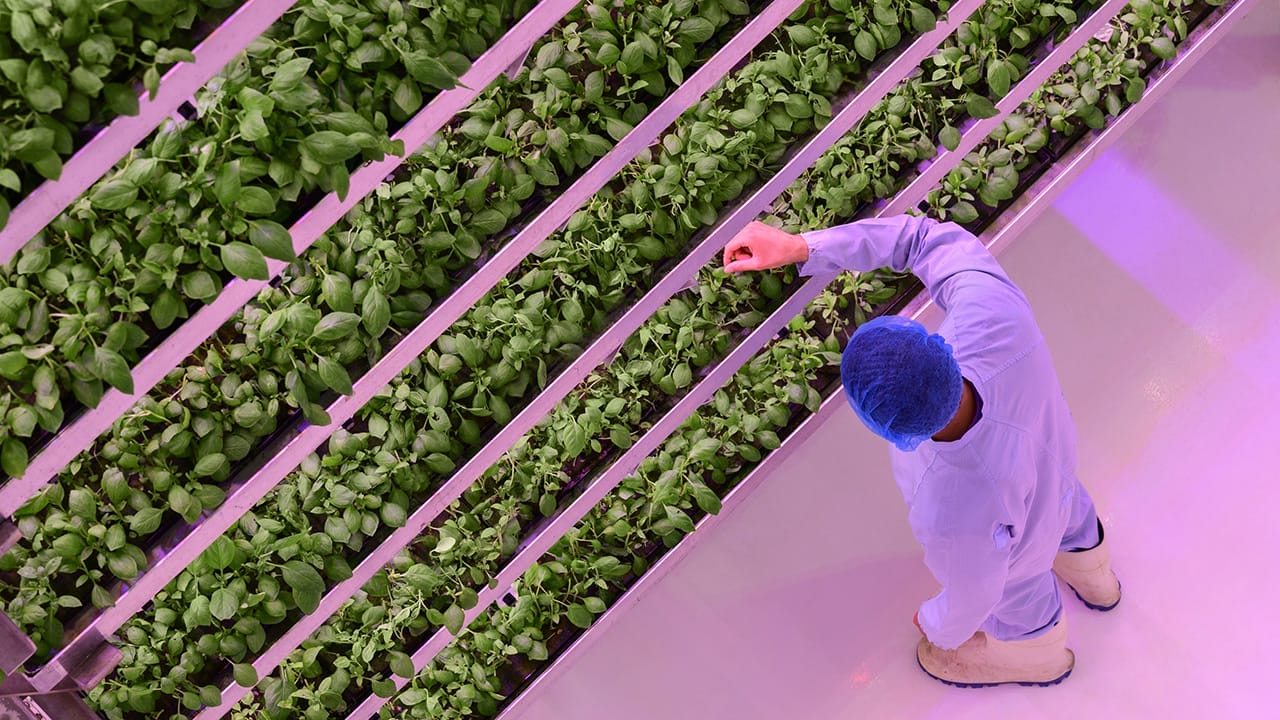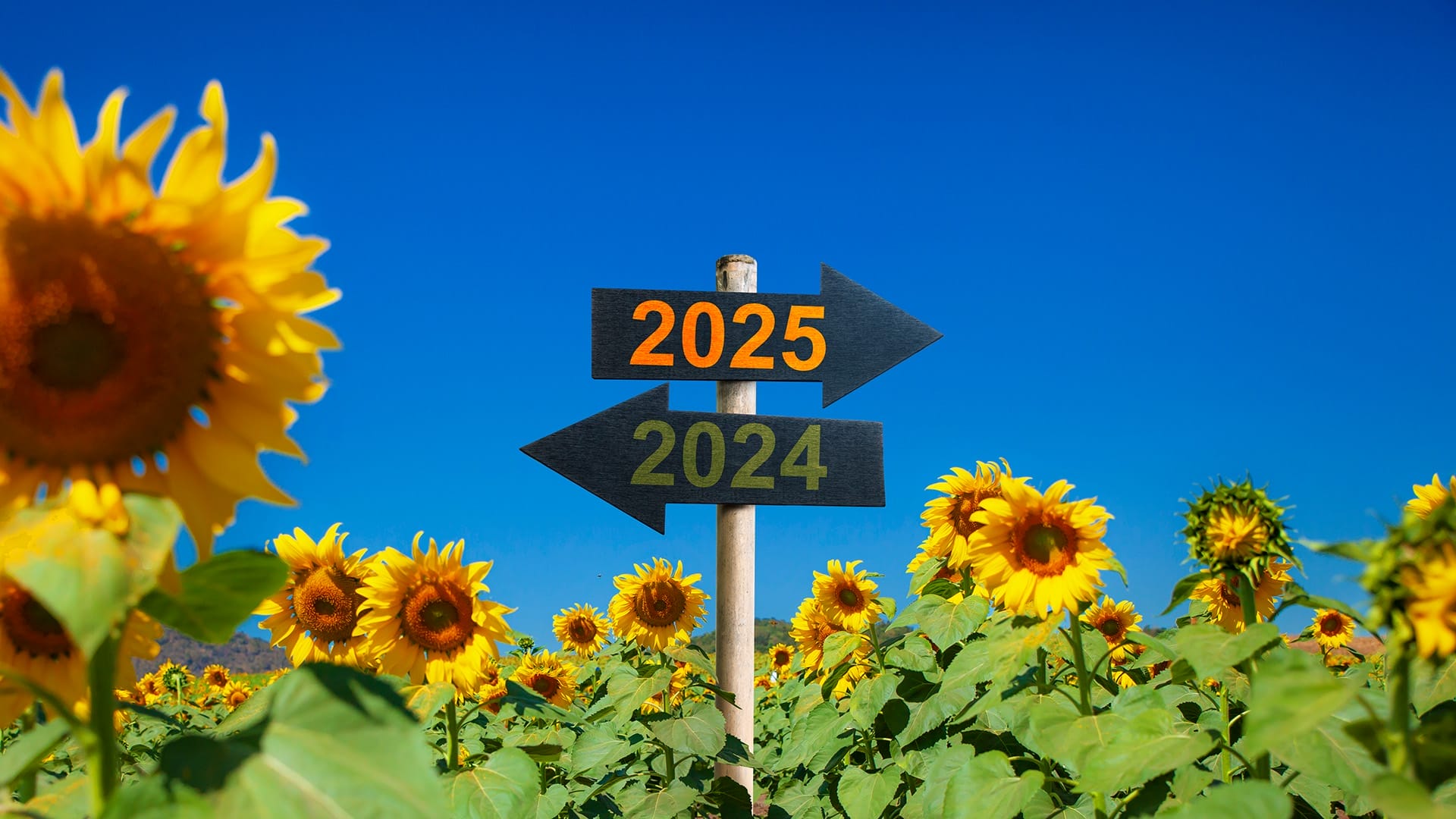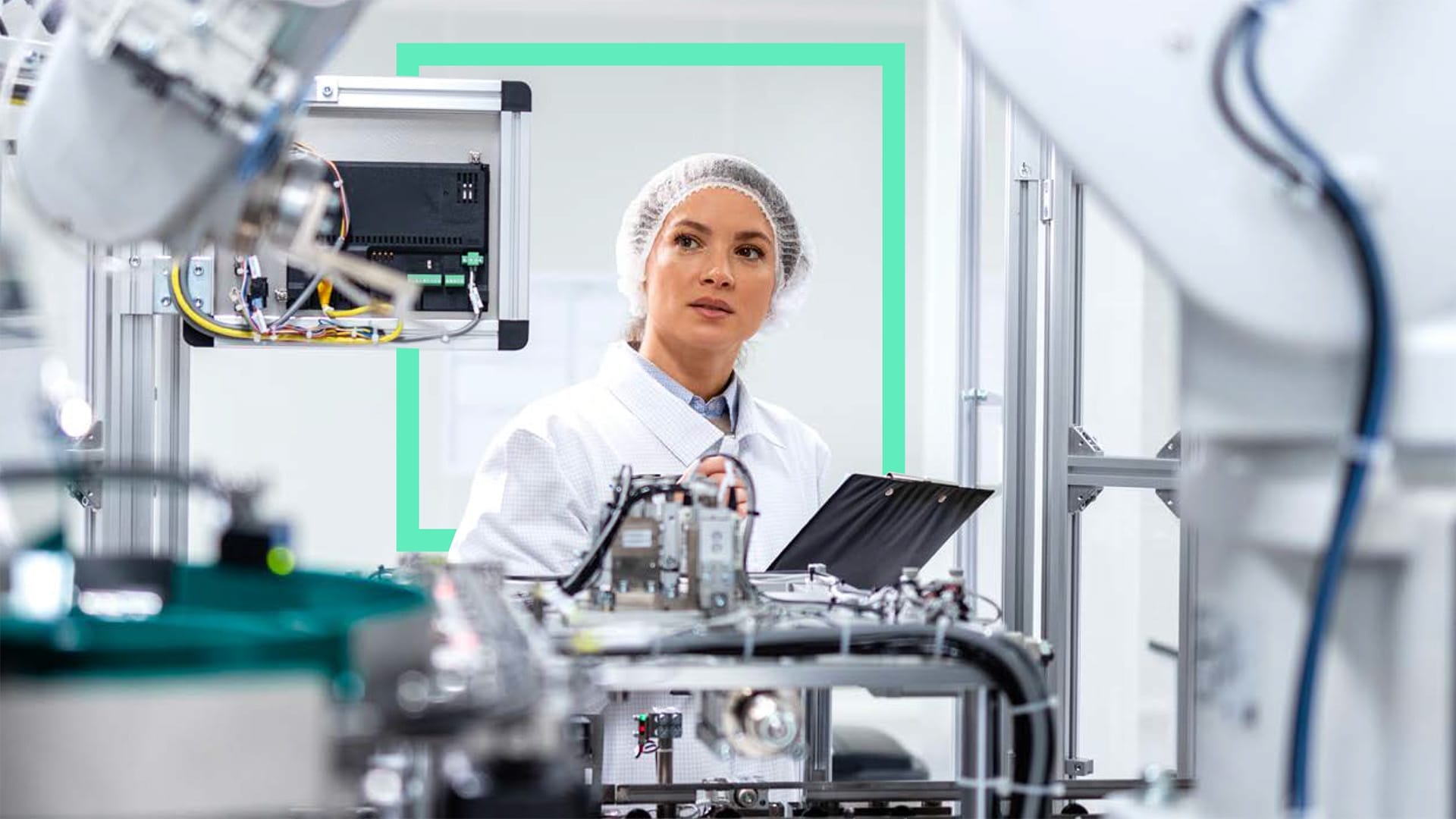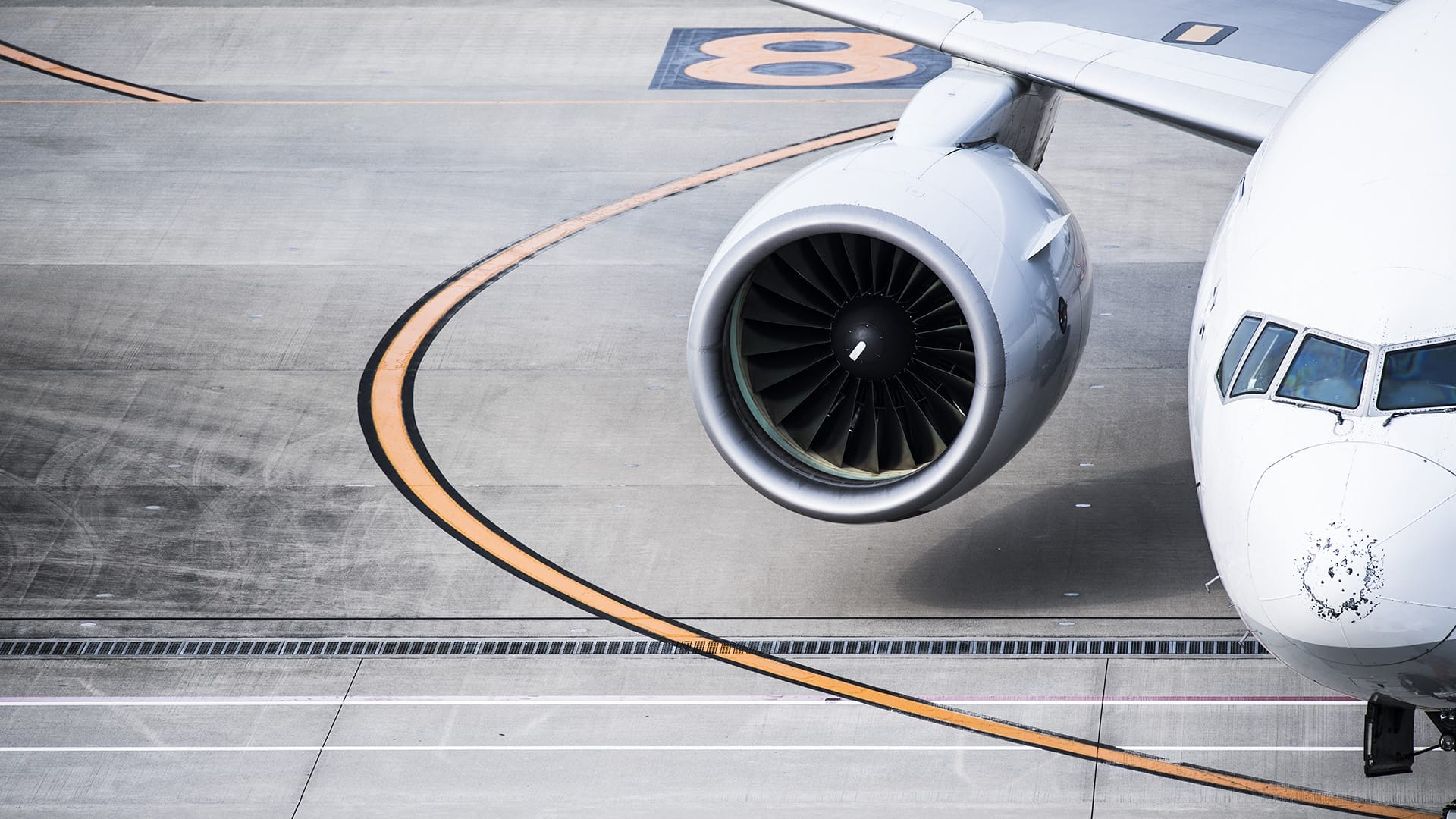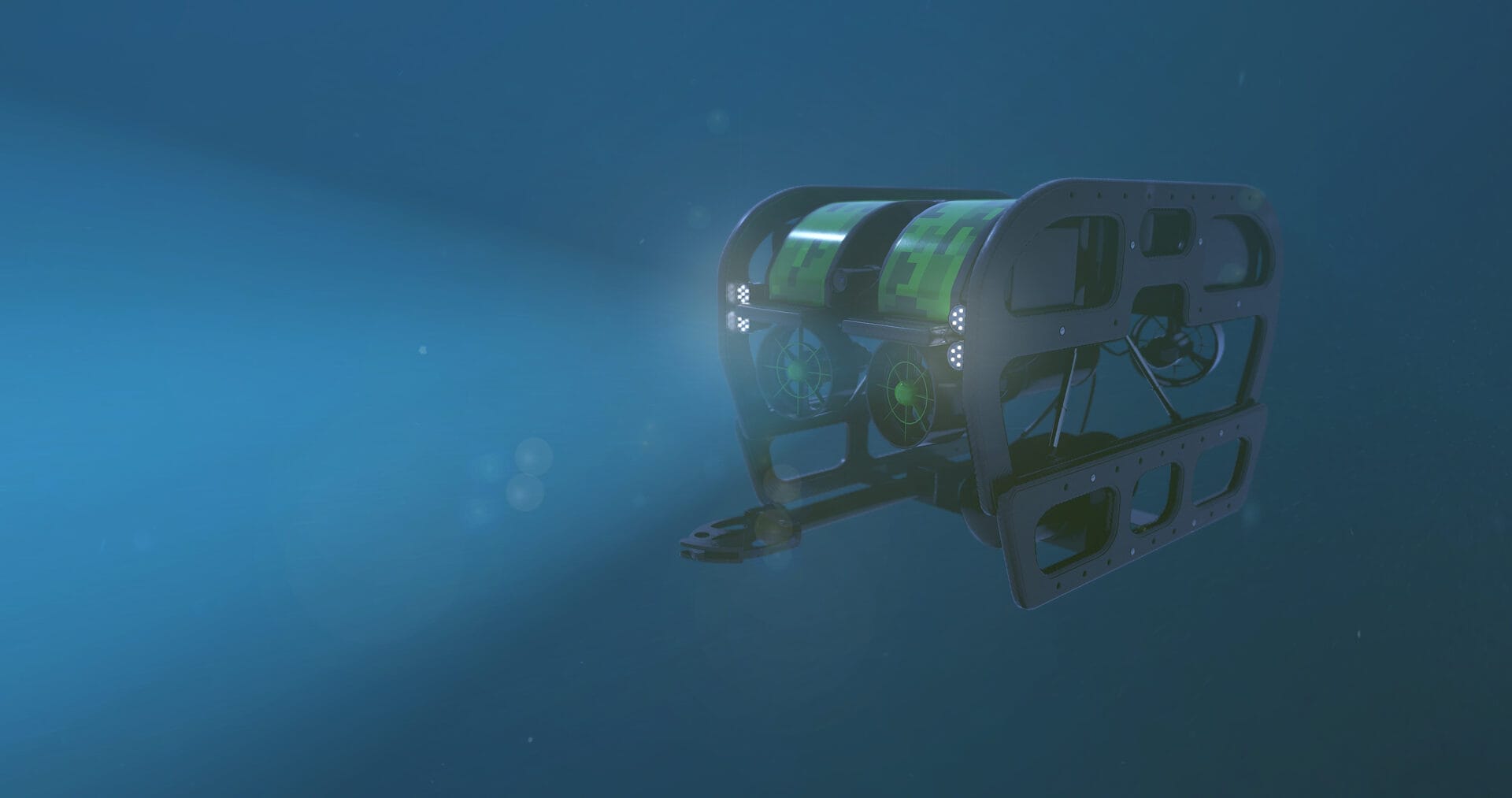As the world-leading trade fair for agricultural machinery, Agritechnica is a good indicator of what the agri-tech sector is doing and where it’s going. Sagentia Innovation’s Alun James and Stefanie Settlin attended this year’s event in Hannover. Green productivity was the headline theme, but they also noted significant maturation of digital trends which have dominated previous events. Some of these will play a critical enabling role in sustainable agriculture.
Autonomy and digitalisation: from concepts to concrete examples
The last Agritechnica was held pre-pandemic. Back in 2019 there was a lot of chatter about future autonomous vehicles, but concrete examples were thin on the ground. This year, major agri-machinery companies like AGCO, CNH and John Deere were showcasing large autonomous tractors. Consolidation is a common industry theme as major players look to extend and strengthen capabilities in this space. Having acquired JCI, AGCO formed a joint venture with Trimble’s agri-tech business and CNH bought Raven, known for its groundbreaking work in autonomous systems. John Deere has also continued its acquisition trail, adding Silicon Valley start-up Bear Flag Robotics to the fold.
Four years ago, there was a lot of excitement surrounding the use of data, machine learning and artificial intelligence (AI) to make farmers’ lives easier. A host of software start-ups sought to capitalise on this, raising significant venture capital funding when interest rates were low and finance was cheap. However, many failed to engage with the farmer and the wider value chain. Securing the next round of finance requires demonstrable ROI, so weaker companies are now floundering. On the other hand, there’s been a wave of acquisitions, with major agribusinesses targeting the more successful smart farming start-ups and unlocking their route to the global agriculture market. This includes BASF’s acquisition of Horta, to strengthen its digital farming portfolio.
Smart farming promises more targeted use of resources including water, fertilizer, and plant protection products. Sensor technology plays a critical role, and machine learning enables better calculation of treatments to maximise yield while preserving resources and minimising environmental harm.
Precision weed and pest management
Recent developments in smart farming include John Deere’s commercialisation of the See & Spray system acquired through Blue River Technology. What’s more, Bosch partnered with BASF to produce the One Smart Spray system for integration with third party equipment. These spray systems make precision weeding through chemistry a reality for green-on-brown applications. It’s not yet at the level where a machine can reliably deliver chemistry with sufficient accuracy to target weeds between mature crops (green-on-green). However, several start-ups are pushing accuracy to centimetre levels and further progress is likely as they achieve scale and market maturity. In terms of precision weeding through physical means, Garford’s Robocrop hoeing system is now being delivered to market via Zu00fcrn, offering impressive speed and accuracy.
Alternative agricultural fuels
Another area where discussions have matured is the consideration of alternative fuels in farming applications. Developments in battery electric vehicles and hydrogen-fuelled engines mirror the on-road automotive trend. In a compelling example of circularity, a partnership between CNH and Bennamann centres on the capture of fugitive emissions from biowaste to meet farmers’ energy needs. The Bennamann system cleans and compresses biomethane emissions into LNG which can power tractors and other equipment, with byproducts used as fertiliser. Given the significant Global Warming Potential (GWP) of methane, reducing on-farm emissions and utilising them for fuel has enormous potential.
